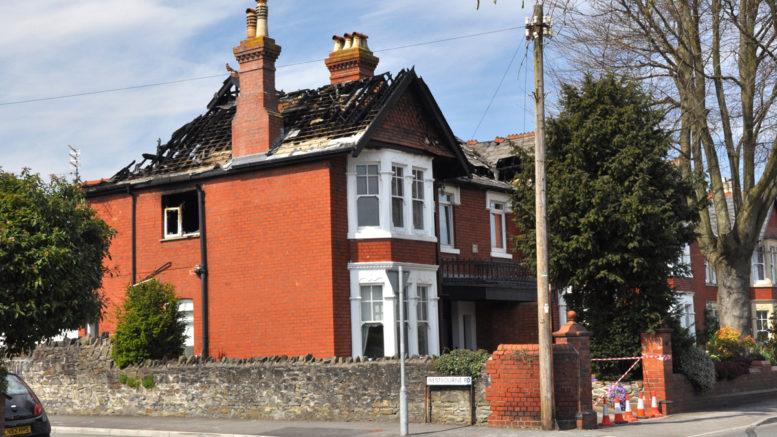Costs of insuring properties are increasing, but the cost of being under-insured can be even higher. In these difficult financial times, nobody wants to spend more than they must, for what in over 90% of the time seems unnecessary. But landlords need to be careful.
When there is a nasty claim, landlords can find themselves under-insured, and when that happens, there are serious implications for the penny-pinching landlord, though often, they will not realise this until too late.
Let me give you a scenario. Many years ago, a landlord inherited a property, at the time valued at £12,000 (and up until comparatively recently, this could buy a basic property in some areas). His insurance is up for renewal, so he makes a comparison with other properties in the area. He has maintained it well and receives a reasonable income from renting to tenants.
Other properties in the area, of a similar standard, are now going for between £60,000 and £80,000. He wants to make sure he is fully covered and not under-insured, so insures for £80,000, quite possibly kicking himself for foolishness, as his friend thinks he would only get £70,000 for it, but he doesn’t want to scrimp.
Unfortunately, for the first time ever, a candle falls over and causes extensive damage to a room, with smoke damage throughout the house. Not welcome over the Christmas period, but the landlord is thankful that no-one was injured and, after all, he has insurance. A shock was to come.
The Assessor from the insurance company inspects and finds that it would cost £10,000 to put it back into pre-claim condition. However, the Assessor believes that the cost to re-build the property would be £160,000. The landlord was under-insured by £80,000, 50%. The insurance company therefore need pay only 50% of the claim, which is £5,000.
As there was a £1,000 excess, the total sum payable by the insurance company was £4,000, leaving the landlord a sum of £6,000 to find, in order to bring the property back up to a lettable standard. This shortfall may, for some landlords, mean they cannot do the necessary works, leading to tenants, and the income generated from them, going elsewhere.
These may seem trivial amounts to some landlords, but the figures can be extrapolated for far higher value properties and hence increasing the shortfall. This may be a particular hazard in areas of swiftly increasing property prices and where landlords have a single property, for example, when renting out a former family home. Income may be needed to cover care costs or to fund a property where they have downsized, so a shortfall in insurance payment would be disastrous.
Re-build costs are not the same as the purchase price. A terraced-property is usually linked to properties either side, so part of the re-build cost would include damage to adjoining properties.
If you have not increased what your properties are insured for in recent years, it is better to get a proper valuation done, to ensure you are adequately covered and not under-insured. Many people find that they can negotiate an excellent rate for insurance, through landlord associations and accreditation schemes.
If it means doubling the amount insured, it is worth doing. No-one wants claims, most people don’t have them, but there is no crystal ball that says ‘nothing will ever happen’. You need to be prepared for the worst situations that could happen. Don’t be the landlord left with a ruined property, unable to afford to repair.
Insurance is there to protect you, but being under-insured is like using an umbrella with a hole in it. Professional landlords surely wouldn’t be so silly.
For advice on buy to let issues – General Knowledge








Be the first to comment on "The Risk for Landlords of Being Under-Insured"